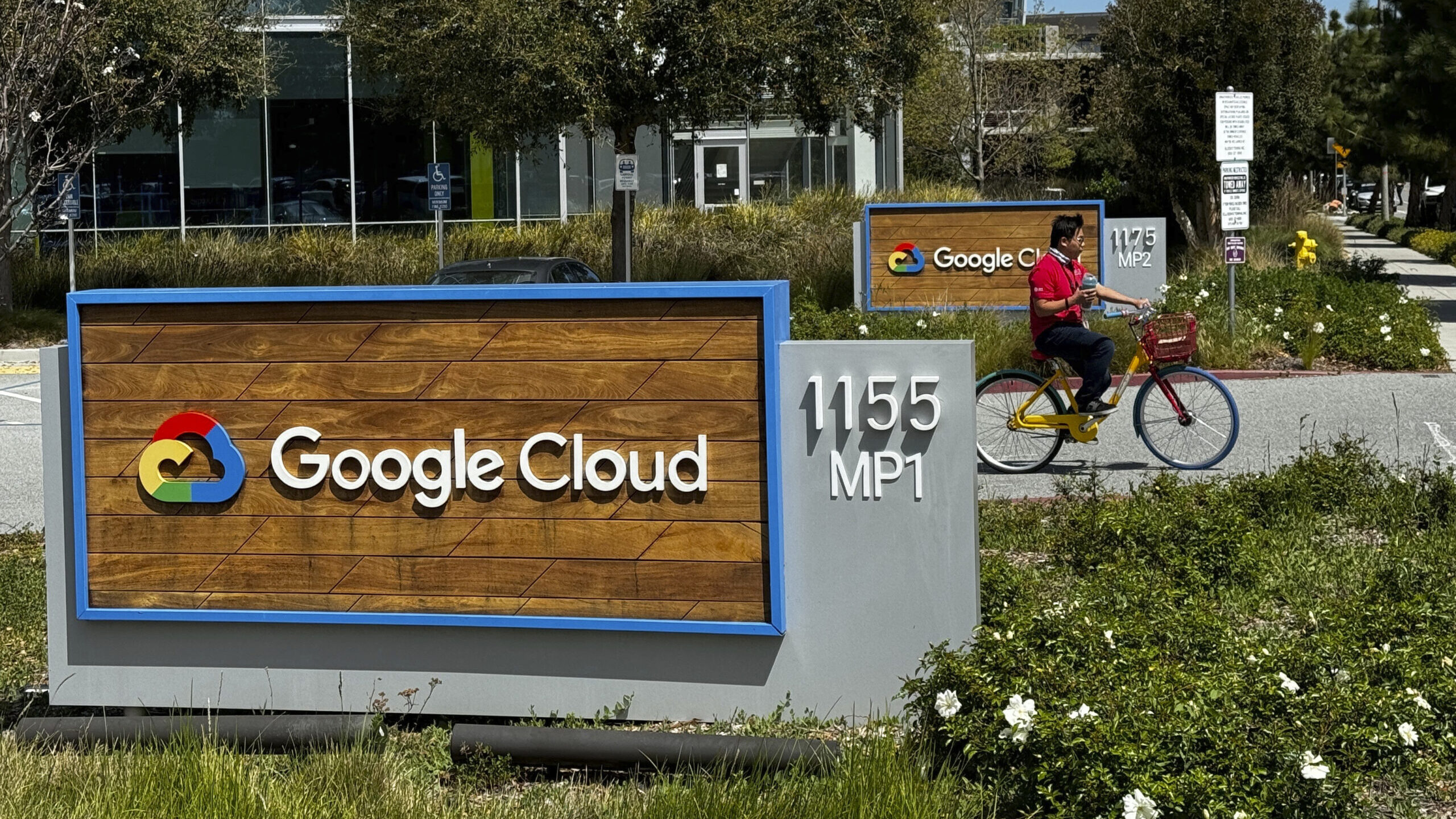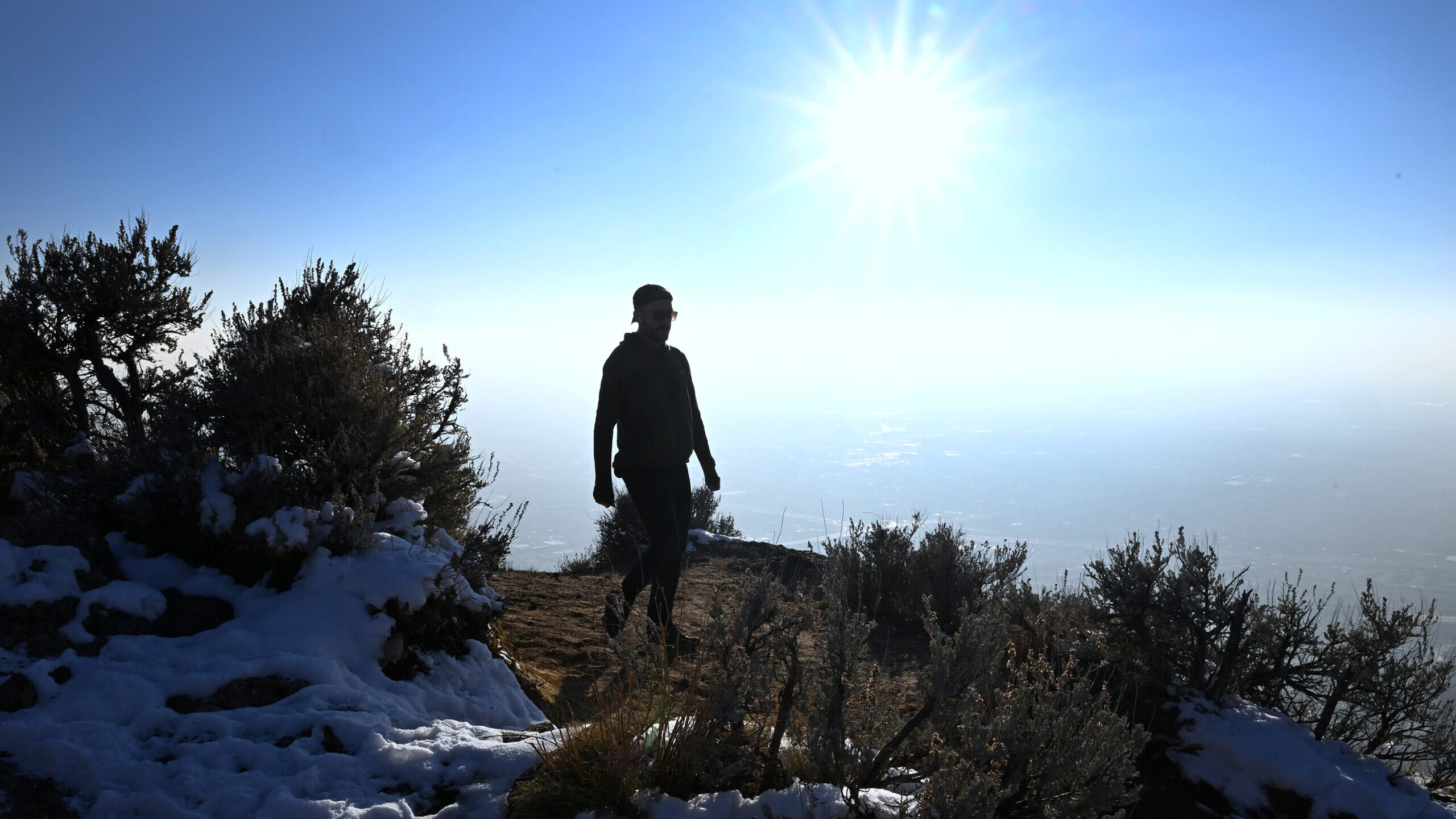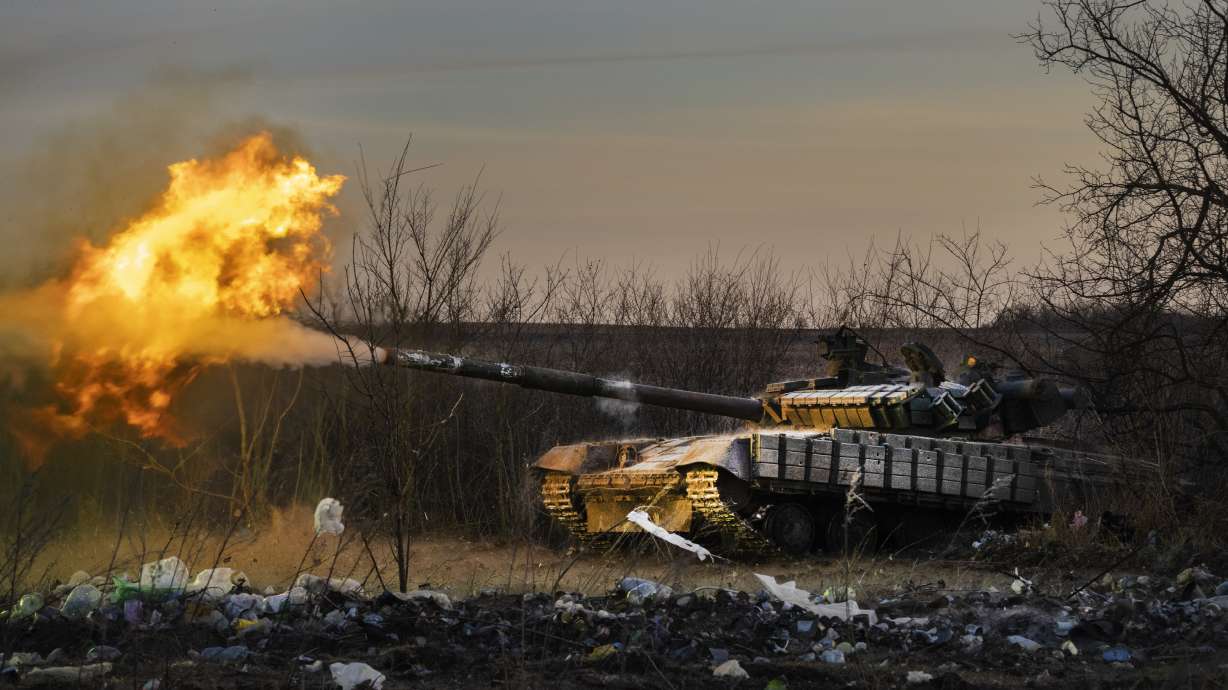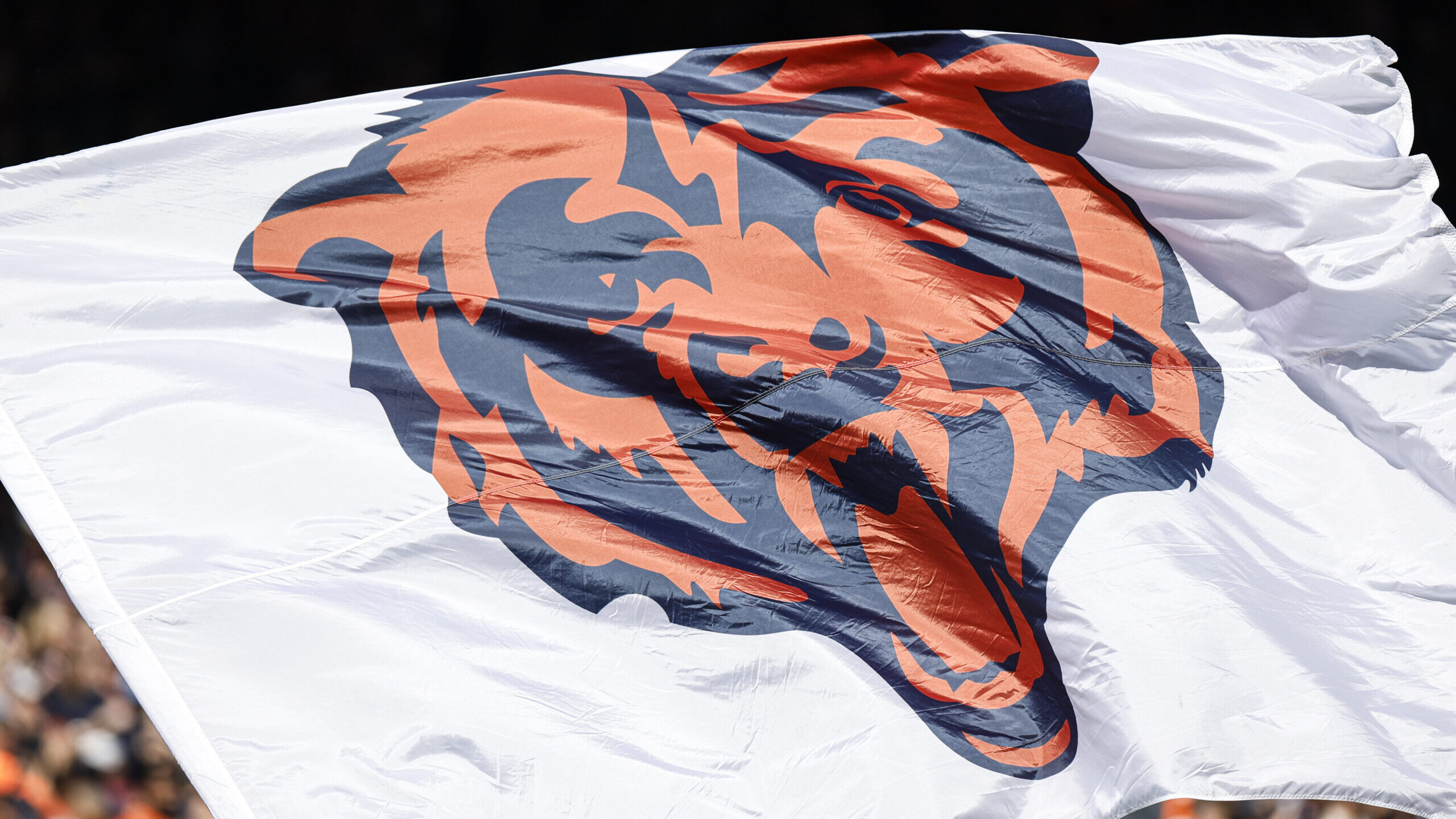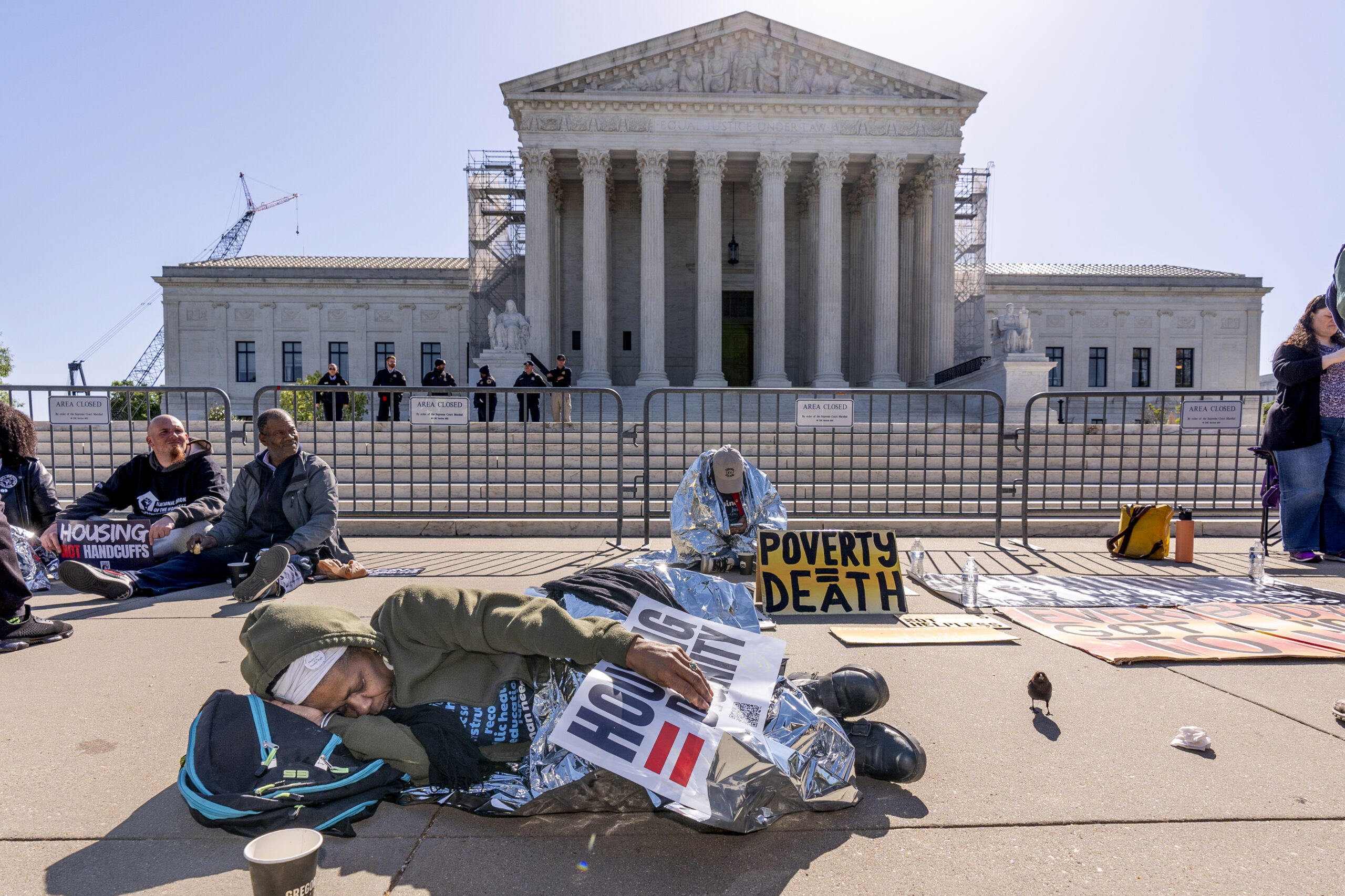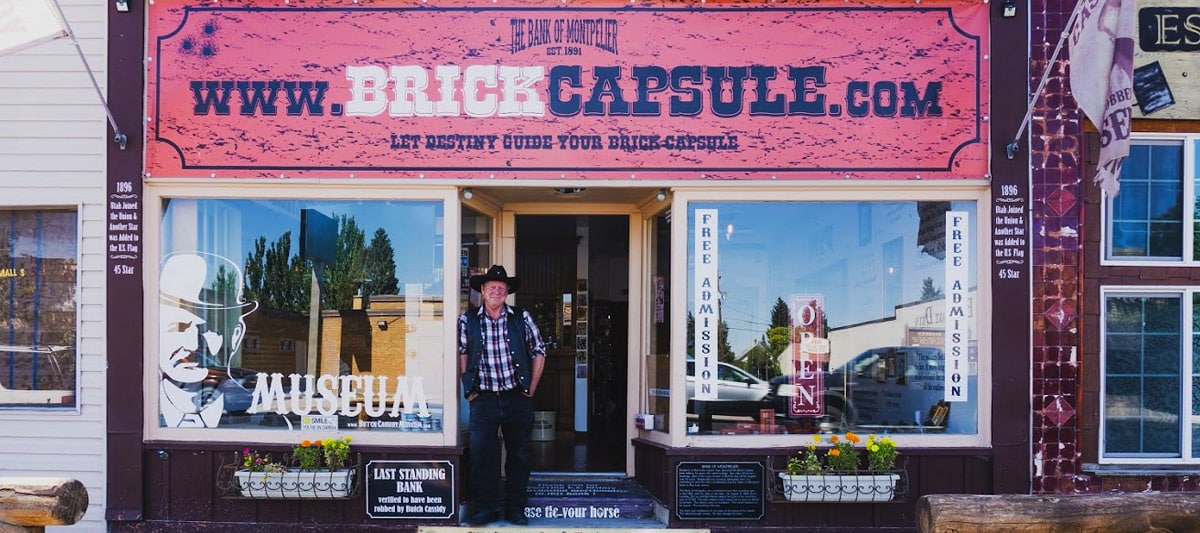NASA astronaut launches stop for nothing — not even a pandemic. Here’s how they did it
Mar 4, 2021, 5:34 AM
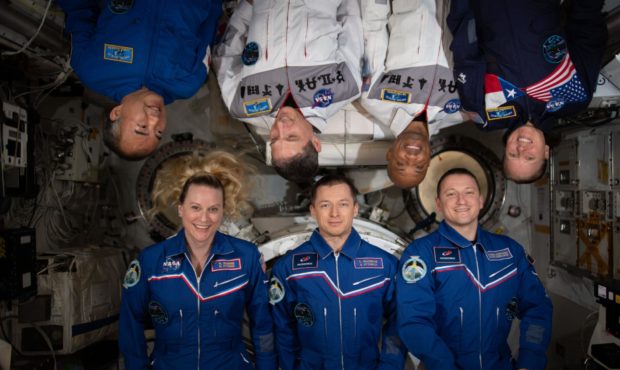
Four launches -- including two historic missions from US soil -- to the International Space Station carried on as planned, and the crews were able to remain safe on their journeys to and from Earth. Credit: NASA
(CNN) — The wonders of spaceflight never ceased in 2020, despite the pandemic’s best efforts.
Four launches — including two historic missions from US soil — to the International Space Station carried on as planned, and the crews were able to remain safe on their journeys to and from Earth.
Quarantine has become the new normal for many over the last year, but it has long been part of the routine for astronauts launching to space.
“NASA’s had a robust quarantine plan for a long time,” said Robert Mulcahy, flight surgeon for the Health Stabilization Program at Johnson Space Center in Houston. “It’s nothing new for us. NASA implemented a prelaunch quarantine starting with the Apollo 14 mission (in 1971) because we saw some infectious disease occurrences in flight or in the preflight period for some of the earlier Apollo launches.”
Some of the Apollo astronauts experienced upper respiratory tract infections and gastroenteritis, so a preflight quarantine was put in place. While the specifics of quarantining before spaceflight have changed over the years, the basic tenants are the same, Mulcahy said.
Quaranting before flight can help prevent illnesses like cold and flu from occurring off our planet. The health and welfare of the crew is always paramount, according to the agency.
Astronauts and those in the Health Stabilization Program receive vaccines for preventable infectious diseases.
Before the pandemic, astronauts launching to the International Space Station would quarantine for two weeks. They were focused on things that have become commonplace for everyone — social distancing and good respiratory and hand hygiene.
This included making sure any people who came in contact with the crew knew what a good quarantine looks like — something we’re all familiar with now, Mulcahy said.
Launching during a pandemic
When concerns about the pandemic and quarantining spread globally in March 2020, NASA astronaut Chris Cassidy was already in Baikonur, Kazakhstan preparing for his April 9, 2020, launch to the space station alongside Russian cosmonauts Anatoly Ivanishin and Ivan Vagner.
The crew did their usual two-week quarantine and the launch happened as planned, albeit with some changes. Travel restrictions prevented some of the astronauts’ families, media and industry officials from attending the launch. Those involved in the launch were all seen keeping 6 feet apart and wearing masks.
Ahead of quarantine, the astronauts followed the US Centers for Disease Control and Prevention recommendations regarding coronavirus. The team members stayed in their crew quarters in Baikonur, didn’t have direct contact with anyone who wasn’t precleared by flight surgeons and focused on preparing for their flight, studying, resting, exercise and making video calls to friends and family members.
On Earth, NASA ground teams such as flight and mission control were also affected by the pandemic. Handovers between teams across shifts occurred in two different rooms to minimize contact.
It was Cassidy’s third spaceflight, but the early days of the pandemic were already shaping his preflight experience.
“We knew we would be in quarantine, but we didn’t know the rest of the world would join us,” Cassidy said from the space station in April. “Leaving that behind, my heart goes out to everyone. This mission feels different.”
Just days later, NASA astronauts Dr. Andrew “Drew” Morgan and Jessica Meir were scheduled to return to Earth after spending nine and seven months on the space station, respectively. They returned to a different world than the one they launched from, one where coronavirus wasn’t a concern.
“It will be difficult to not give hugs to family and friends after being up here for seven months,” Meir said from the space station in April. “I think I will feel more isolated on Earth than here because it’s expected up here. We’re busy with amazing pursuits and tasks and don’t feel the isolation. But it will be wonderful to see family and friends virtually and at a distance.”
The agency already had a protocol in place for returning astronauts that still includes a postlanding medical check by flight doctors. The doctors and other NASA teams help the astronauts reacclimate to Earth’s gravity, getting them up and walking soon after landing. In the weeks after, they’re monitored to make sure they’re healthy.
This time, the protocols were more extensive, incorporating CDC recommendations on infection control during postflight medical testing and readaptation. Social distancing, handwashing and the extensive cleaning of surfaces were implemented, and the crew were limited to who they came in contact with. Any NASA team members who were sick were encouraged to stay home.
Three more launches followed in 2020, including Demo-2 and Crew-1, two historic NASA and SpaceX launches sending the first crewed missions from US soil since 2011.
NASA astronauts Bob Behnken and Doug Hurley launched on May 30 as part of Demo-2, then Crew-1, carrying NASA astronauts Victor Glover Jr., Mike Hopkins and Shannon Walker and Japanese Aerospace Exploration Agency astronaut Soichi Noguchi launched in November.
There was also another launch from Baikonur carrying Russian cosmonauts Sergey Ryzhikov and Sergey Kud-Sverchkov, as well as NASA astronaut Kate Rubins in October.
Behnken and Hurley returned to Earth in August and Cassidy, Vagner and Ivanishin returned in October. The space station currently has seven people on board, including Crew-1 and the previous Baikonur launch.
How a pandemic changed astronaut quarantine
To ensure that everyone was prepared for the Demo-2 launch in May, the existing Health Stabilization Program was strengthened due to the pandemic.
A third week was added to the standard 14-day quarantine period. This is called “soft quarantine,” where the astronauts’ training and activities are reduced so they can have extra protection and limit exposure. The astronauts began wearing N95 masks if they came in contact with anyone outside their small quarantine bubble.
The number of eople who have close contact with the astronauts during the prelaunch quarantine was minimized even further, only including those with an essential function to the mission.
They also implemented daily health surveys beginning 21 days ahead of launch for everyone in the quarantine to ask about their temperature and see if they were having any symptoms of an infectious disease. Then, 14 days before launch, they conducted in-person temperature checks and health screenings for anyone who needed to come in contact with the astronauts, Mulcahy said.
Covid-19 testing was also implemented for astronauts and their key close contacts during quarantine. Rather than meeting with people in the same room, some meetings were conducted with a glass wall between the astronauts and NASA staff. This is similar to what is already part of the process in Baikonur for the Russian Soyuz launches, Mulcahy said.
The most recent change is that they’re encouraging anyone who is eligible to get the Covid-19 vaccine.
Given the fact that so many people have been living in quarantine situations, the astronauts were allowed to quarantine with their families as long as their family members met the quarantine requirements.
For astronauts who want or need to enter a quarantine on site, both Kennedy Space Center in Florida and Johnson Space Center have nice housing. The astronauts have individual rooms like living spaces, kitchens and a common area for meetings or conferences. The astronaut crew quarters at Kennedy Space Center is historic; astronauts have been staying there since the Apollo era.
“It’s kind of like staying at a mid-tier hotel somewhere that’s comfortable and it gets them ready to be prepared for their mission,” Mulcahy said.
Mulcahy and others in the program are closely monitoring the pandemic in case other changes need to be made. He believes that some of the changes, like the daily health surveys and crew visits from behind a glass wall, will likely remain in place for added safety even once the pandemic is over.
The quarantine program likely won’t undergo many alterations when it’s time to land the first woman and the next man on the moon in 2024 through the Artemis program.
Maintaining launches and landings on schedule during the pandemic was key for meeting milestones, like the NASA-SpaceX launches. It’s also important to keep crews rotating through the space station. Those crews maintain the space station and conduct hundreds of scientific experiments that have a multitude of benefits for humankind.
And it was also inspiration, a glimmer of hope — a reason to keep looking up and believing in the triumph of the human spirit.
“Being able to participate and help get Bob and Doug to the space station for Demo-2 or the Crew-1 mission, those are the big milestones that stand out,” Mulcahy said.
“These missions are exciting because it returns that human spaceflight capability to the US, something that we haven’t had since 2011 when the shuttle retired. And that’s really inspirational for people across the country and really across the world. I think that the big benefit of these missions launching in a very bleak year.”
The-CNN-Wire
™ & © 2021 Cable News Network, Inc., a WarnerMedia Company. All rights reserved.



